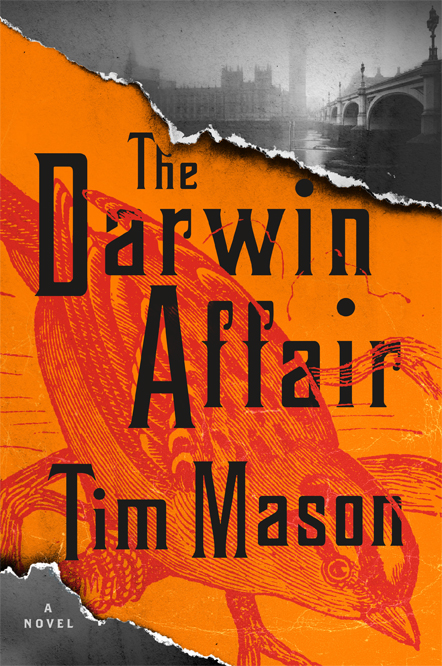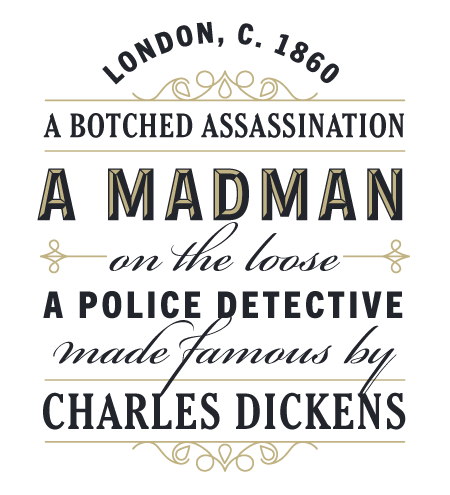Body For Sale
The Victorian Era was a blizzard of societal change, an avalanche, a cascade, a tsunami. We look on the age as prim and tightly buttoned-up, but perhaps it had to be because so many things were unraveling at such a rapid pace. Manners, morals and attire needed to have the appearance, at least, of propriety and stability, because so much of life was suddenly unstable. The Enlightenment of the 18th century, and the scientific revolution which formed a part of it, ran bang into the Industrial Revolution of the 19th century. The results were various. Two of these results came together to demonstrate forcibly the laws of supply and demand.
Medical science, which for all centuries previous was something of a oxymoron, began to be a reality. Surgery moved from the barber shop to the classroom. Baby steps, admittedly. You still had a good chance of dying from infection when you went under the knife, especially if you were poor and operated on in a hospital. If you were wealthy, the surgeon would do his work in your front parlor, and wouldn’t have taken his hands directly from another person’s insides to yours. But surgery did begin to save lives as well as take them, in hospital and out. Suddenly physicians clamored to learn the skills.
At the same time, the number of corpses available for dissection plummeted. The only bodies legally available for study were those of executed prisoners, for the most part. But the humane advances that the 19th century gained from the Enlightenment were ruinous for the hangman. Where you used to be hanged for the theft of a loaf, a lamb, or pocket-watch, now you had to be a real stinker to get a noose round your neck. Medical schools needed bodies desperately, but they couldn’t get them.
Answering the call of supply and demand came the body-snatchers.
A favored technique involved the nocturnal digging of a relatively small hole near the top of the burial site, descending and opening that end of the coffin and pulling the corpse out head-first. Less dirt was disturbed this way, and the diggers’ tracks could more easily be covered. Sometimes the entry hole would be dug several feet from the grave, so as not to attract notice. A tunnel would be constructed and small adults or sturdy children would be sent down to open the box and haul out the body. All of this had to be accomplished as soon after the burial as possible for obvious reasons, especially in the warmer months. The situation got so troublesome that families would post guards to watch over their loved ones’ plots during the first critical days.
The snatchers called themselves Resurrectionists. They were always busy.
– The Darwin Affair
Then again, why bother digging someone up to sell his body? Just kill him, and haul the body to the nearest hospital or medical school possessed of a tolerant spirit and a desperate need.
Take this trio, for instance: Thomas Williams, John Bishop, and James May, working together in 1830. They befriended their intended victims, gave them rum spiked with laudanum, and when they were unconscious, pitched them into a well with a rope round their ankles. No bullet holes, no knife wounds! They had unmarked corpses to sell, and they got £7 or £8 pounds per body, without all the fuss of digging them up.
Win, win.
James May was acquitted. Bishop and Williams were hanged on the 5th of December, 1831, before an eager crowd reputed to number 30,000.
Win, win.

Tim Mason is a playwright whose work has been produced in New York City and throughout the world for decades. Among the awards he has received are a Kennedy Center Award, the Hollywood Drama-Logue Award, a fellowship from the National Endowment for the Arts, and a Rockefeller Foundation grant. In addition to his dramatic plays, he wrote the book and lyrics for Dr. Seuss’s How the Grinch Stole Christmas! The Musical, which had two seasons on Broadway and tours nationally every year. He is the author of one young adult novel, The Last Synapsid, published in 2009. The Darwin Affair is his first adult novel.
The Darwin Affair
Available now from Algonquin Books


